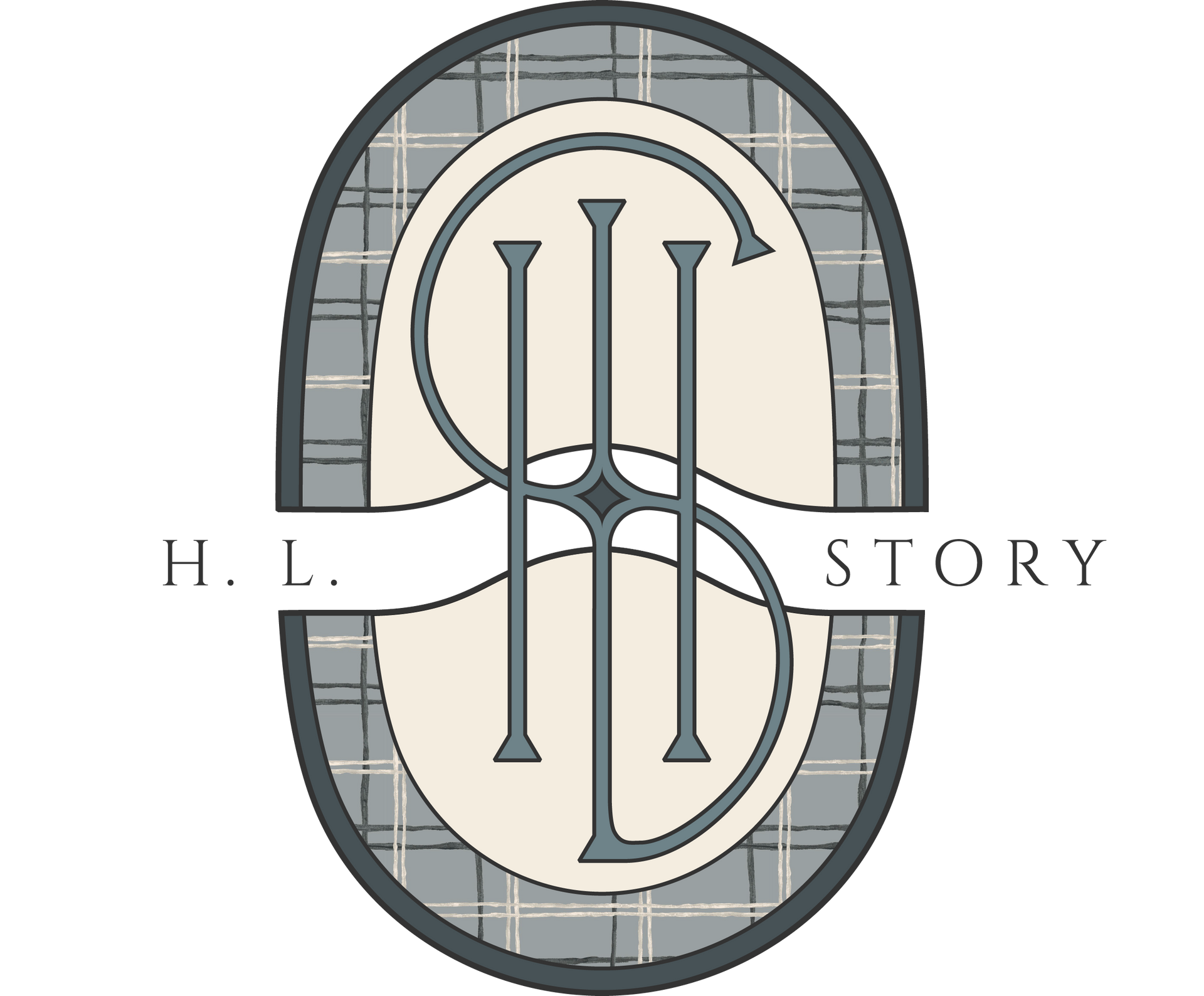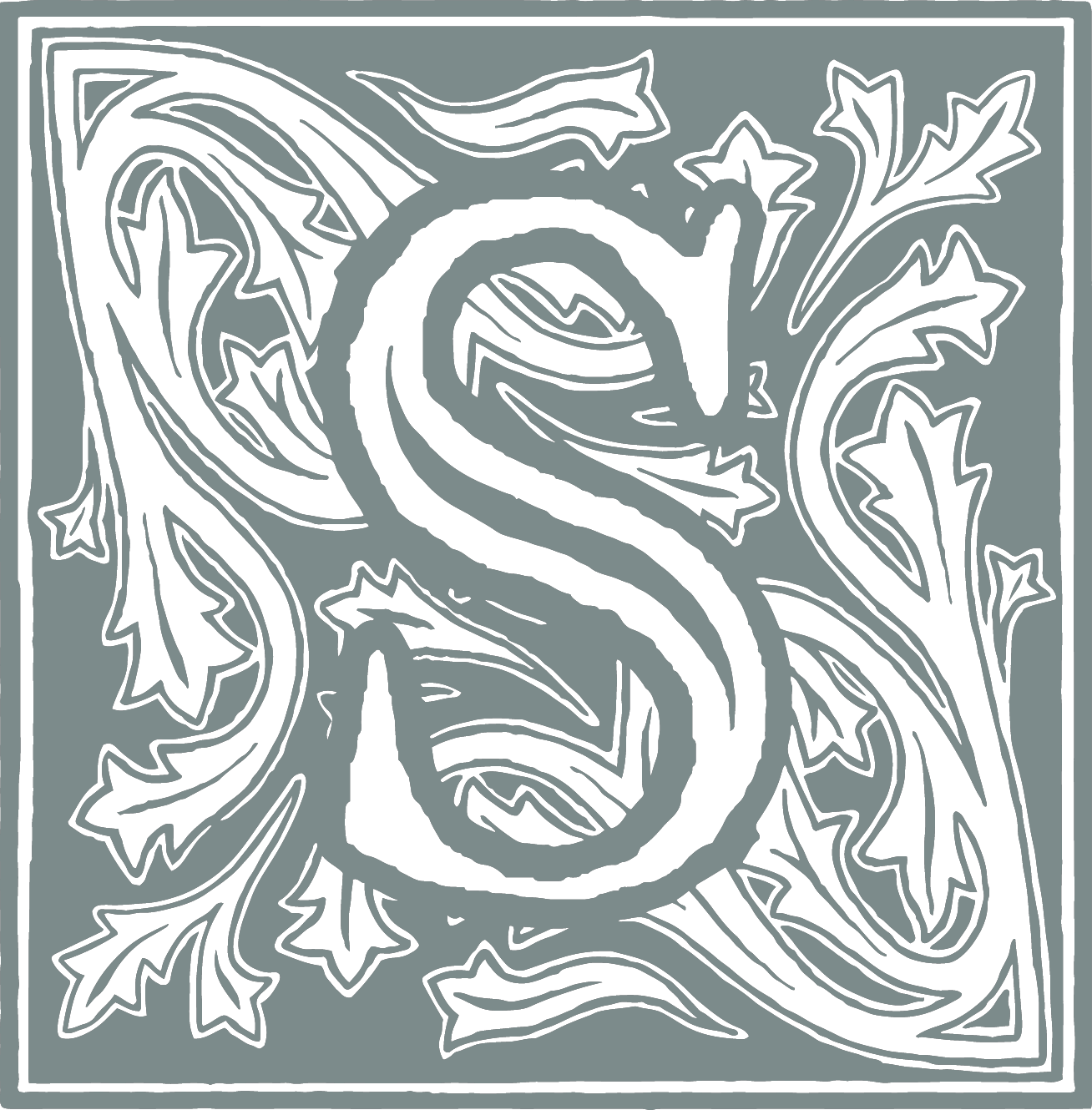Surname used to denote someone of strong build and powerful stature— a great man
(from Old Norse stórr, late Old English stōr; large, strong, robust, harsh, bold, resolute).
The divide of the Apollonian and Dionysian— brought to the forefront of western thought most prominently by Nietzsche (and into the tripartite conception including Cybele later by Dugin)— serves as a useful framework for logoi acting behind culture, aesthetics, the individual, and more. The logos of Apollo is one which has animated the western world since its inception; aesthetically speaking, this manifests in the preservation of historical styles and practices, as well as an ordering and harmonizing of the form. Apollo (and twin Artemis) represent concepts such as order, preservation, civilization, rationality, structure, harmony, verticality (hierarchy), and asceticism. As Camille Paglia describes, “Apollo and Artemis represent not conflict but consonance. They are
mirror images, male and female versions of one personality” [emphasis added].
Janus— being the Roman god of time, transitions, beginnings and endings, seeing into the past with one face and into the future with the other— is symbolic of preservation of traditional principles of design and historical styles (both in dress and architecture) into the present and future.
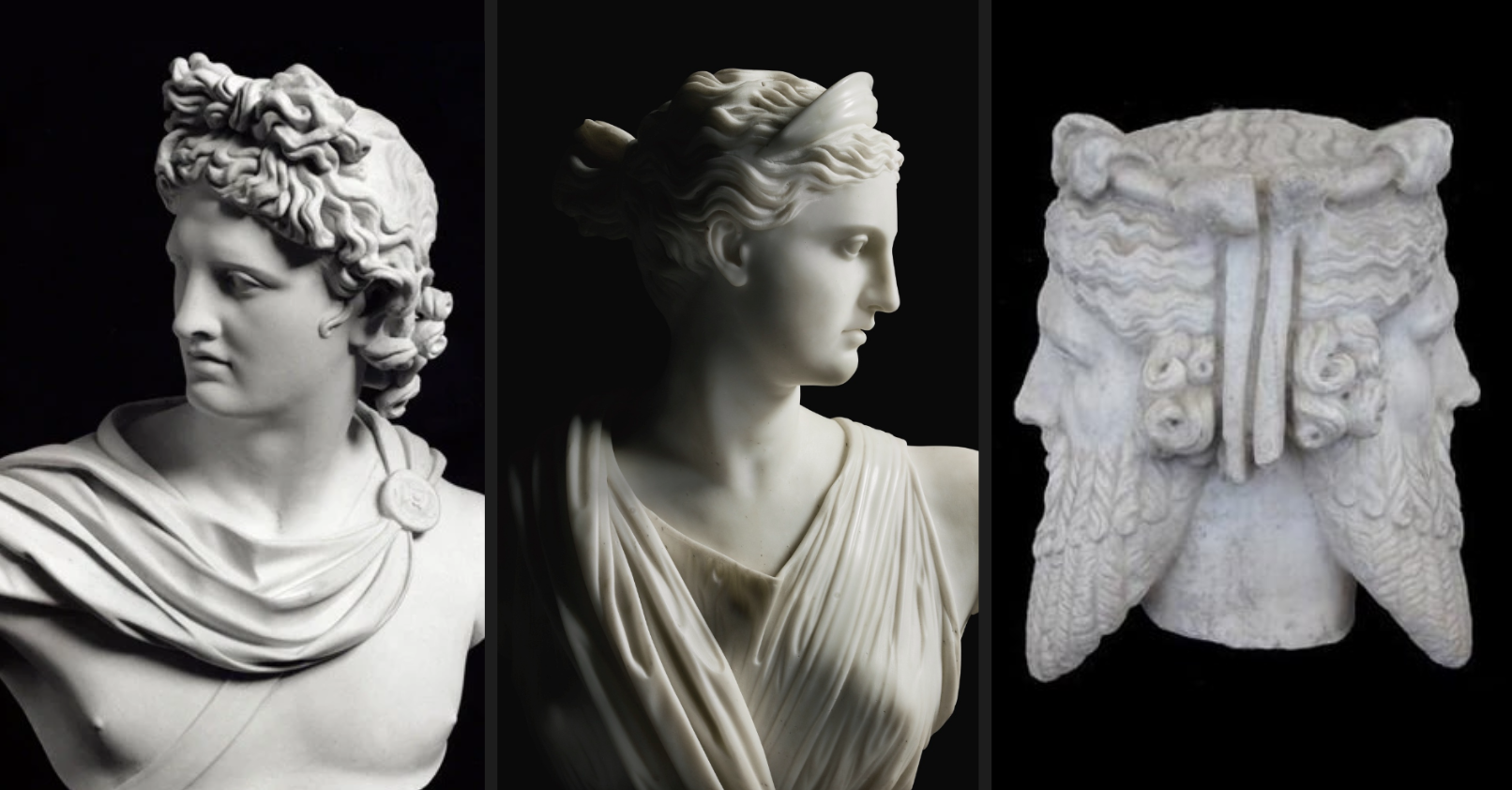

DRESS, ARCHITECTURE,
& THE PUBLIC LANDSCAPE
THESIS —
In the 20th and 21st centuries, virtually all of the traditional principles of beauty have been jettisoned from both the design process and the public taste. While various movements pick up speed across Europe— stressing the importance of beautiful artwork and architecture— dress has been all but ignored and left behind.
The cities in which we live are constituted of not only the landscape (structures, nature, and so on) but also the individuals within it; therefore, the individuals are of as great an aesthetic significance in the creation of the public landscape as are the inanimate elements. The way in which we dress is as important as any other realm of aesthetic life; in dress and architecture, once one begins to degenrate, the other will soon follow, which should be of great concern to those interested in building beautiful cities.
Cristopher Alexander describes it succinctly in
Notes on the Synthesis of Form: “Every design problem begins with an effort to achieve fitness between two entities: the form in question and its context […] The rightness of the form depends, in each one of these cases, on the degree to which it fits the rest of the ensemble.” Each element of aesthetic life (from the cathedral to the kettle), therefore, comprises the ensemble. With this in mind, we can see how each individual segment of design has a vested interest in the others; they can either lift one another up, or drag all the others down to meet the lowest common denominator. Once the degeneration has been set into motion, it only gains momentum. Now, the “ensemble” of our lives is comprised of poorly designed, and truthfully ugly objects and forms, each of which seems “fitting” only when put in comparison to its mediocre milieu.

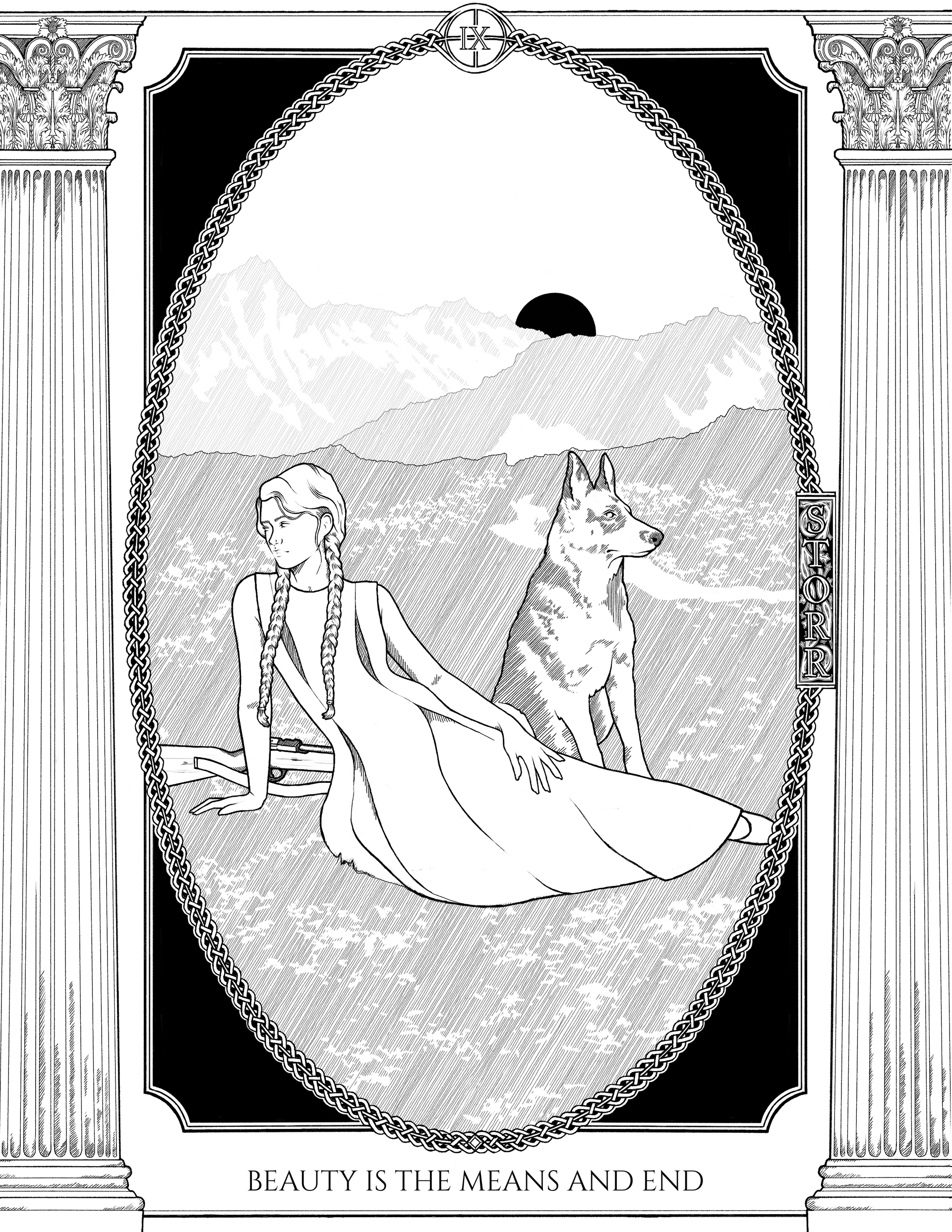
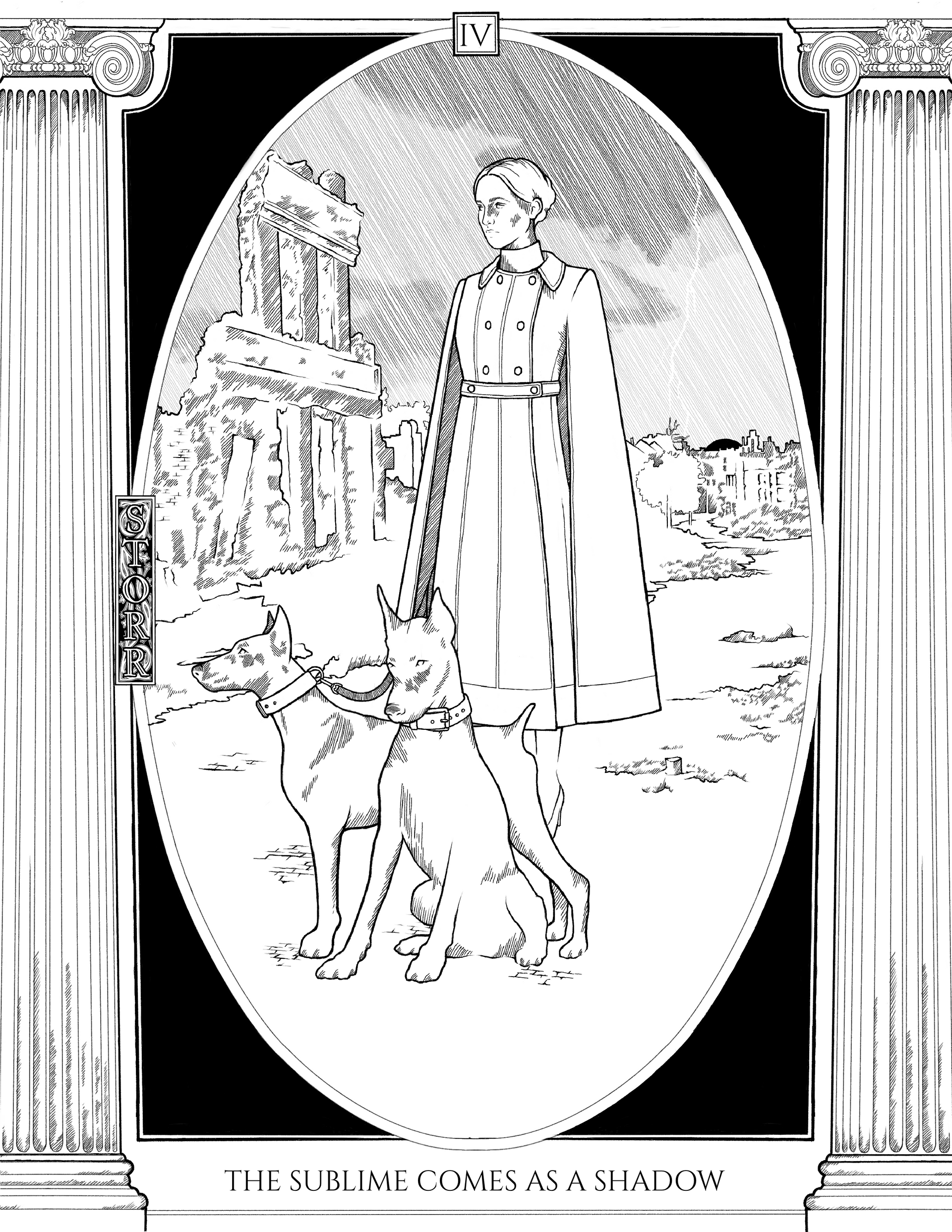
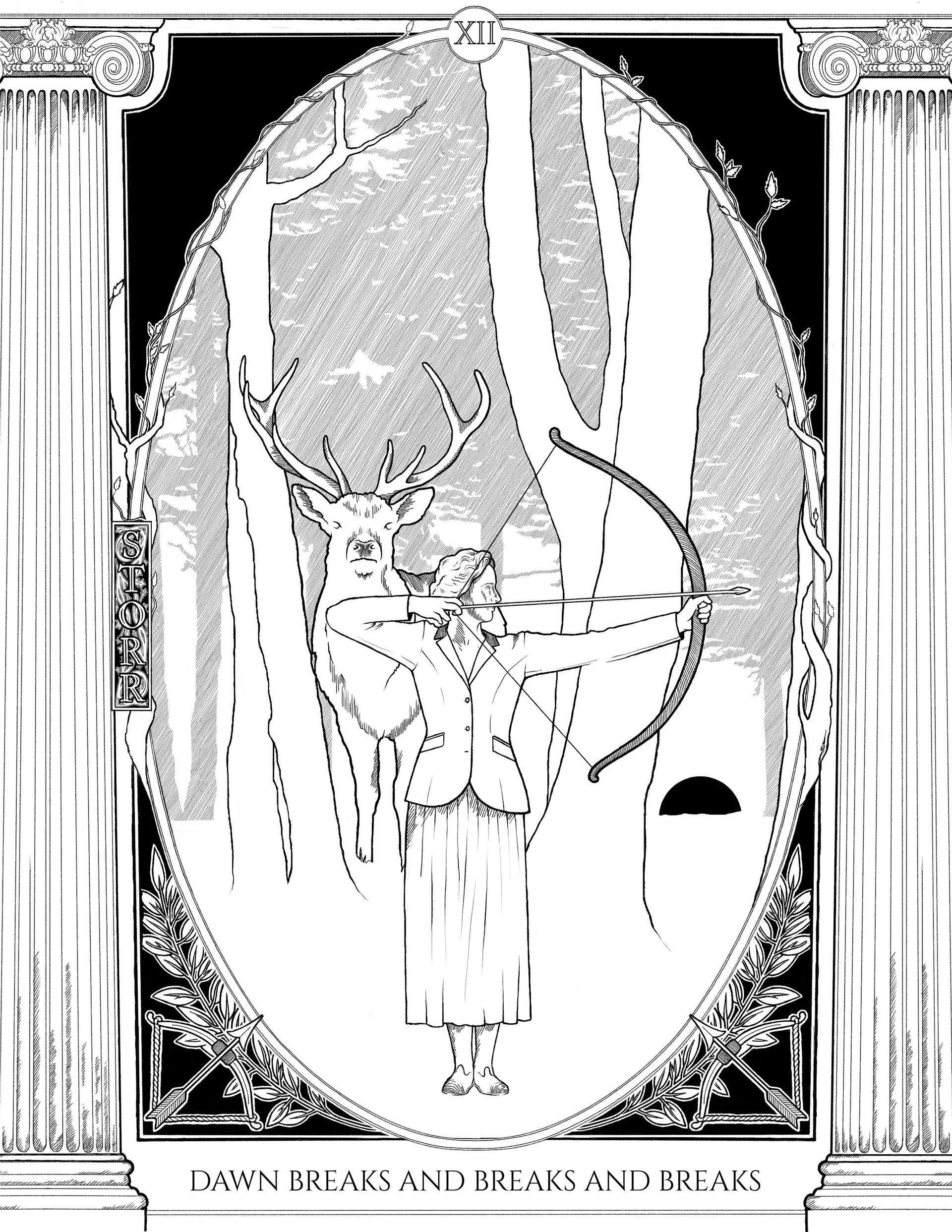
xii images of a future time
COMING SOON—
...My narrow gaze, my arrow straight, I aim to end, to renew...

Military-style women's suit, designed for the 2024 CAFA gala.
Fully lined, 100% Merino wool jacket featuring a high stand collar, pewter buttons, and silver STORR arrow pin; paired with a kilt-style wool herringbone skirt.
